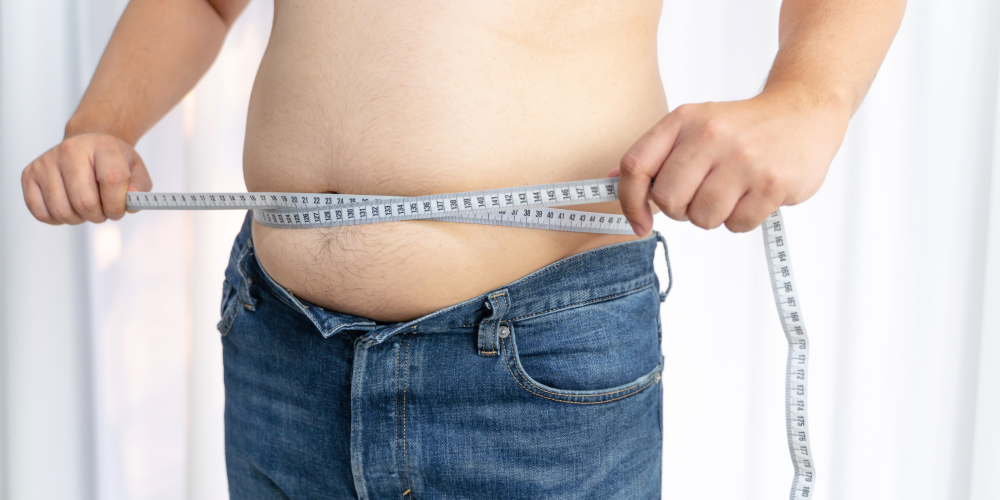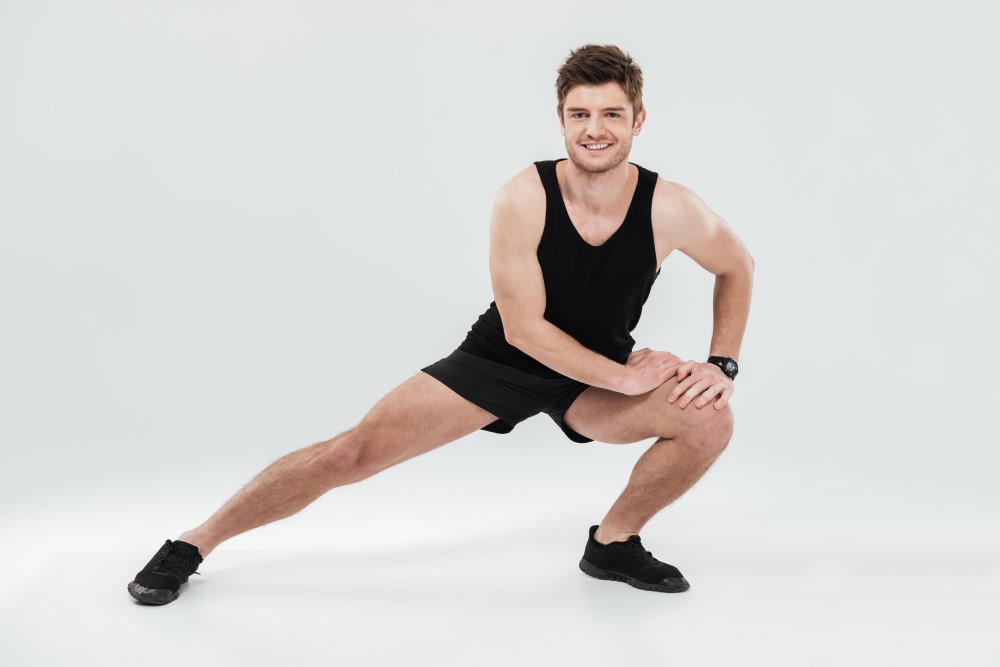Cardiovascular exercise vs. Weightlifting – Which one is better for your heart?
Keeping a healthy heart is one of the main concerns for most bodybuilders and fitness enthusiasts, especially if we’re talking about somebody that regularly uses hormones and other substances that may put extra strain on it. The two most important factors to determine and preserve heart health, aside from medications are dieting and exercising. When it comes to the latter, there are two primary types that people generally tend to choose between: weightlifting and cardio. While both of these types of exercise can benefit the heart, they work in different ways and can produce diverse results. In this article, we’re going to explore the differences between weightlifting and cardio when it comes to heart health.
- Cardiovascular exercise
Cardiovascular exercise, or simply “cardio”, is any form of exercise that raises the heart rate for an extended period of time. Examples of cardiovascular exercise present in our everyday lives can include fast-walking, running, cycling and swimming. Here are some of the benefits of cardio for the heart:
- Improves cardiovascular function by conditioning and strengthening the heart, while improving its ability to pump blood efficiently throughout the body;
- Significantly reduces the risk of heart disease, stroke, and other cardiovascular events;
- Increases the body’s production of nitric oxide (NO), a chemical that increases the vasodilation of the blood vessels, improving blood flow and oxygen delivery to muscles and organs;
- As a result of a stronger heart, fewer beats are required to circulate the same amount of blood, resulting in lower resting heart rate and blood pressure;
- Depending on the form of cardio you choose, it can help improve mood and reduce stress.
It’s important to notice that cardiovascular exercise can be done in varying degrees of intensity, and certain heart beat thresholds must be met in order to achieve the trainability zones for the desired effect. For example, keeping a given heart number steady over a long period of time may be optimal for fat burning but not so much for heart health. These zones shift over time and should be reassessed every so often. A few determinant factors for these thresholds include: age, level of cardiovascular conditioning, how much oxygen your body consumes during exercise, etc. The best way to determine these values is through exams of your heart’s behavior during exercise (ergometric tests) and should be done by a trained professional for maximum accuracy. For approximate results, online calculators may give you an estimate of these thresholds off of a few inputs.
- Weightlifting and heart health
Weightlifting, on the other hand, is a type of exercise that involves lifting weights or other resistance. Examples of weightlifting exercises include squats, deadlifts, bench presses, and bicep curls or even bodyweight exercises. While weightlifting at first glance may not seem like the obvious choice for improving heart health, it can be highly beneficial when done correctly as some of its results are:
- Improved cardiovascular function due to increased sustained heart rate during exercise and more vigorous blood flow to the muscles being used;
- Tends to increase muscle mass when accompanied by an adequate diet, which can lead to improved metabolic function and a healthier body composition (lower body fat percentage and more muscle);
- Proven to improve insulin sensitivity and response, reducing the risk of type 2 diabetes and metabolic syndrome;
- Can improve bone density and reduce the risk of osteoporosis;
- Are generally more time-efficient than cardio, as shorter, more intense workouts can be effective particularly for individuals with busy schedules who may struggle to find time for longer exercise sessions.
- Choosing the right exercise for you
Both weightlifting and cardio exercise can be tools for improving heart health, but choosing the right exercise ultimately comes down to individual preferences and goals. Here are some factors to consider and hopefully pick the best one for yourself:
- Personal preference: you must choose an exercise that you enjoy and will stick with over time. More important than picking the best exercise in the world and never doing it because you hate it is picking one that you like and are able to do several times a week;
- Fitness level: if you’re new to exercise or are just coming back, start with lower-impact cardio exercises like walking or swimming and slowly progress your way to more intense workouts;
- Time constraints: if you’re on a busy schedule, weightlifting may be a more time-efficient option than longer cardio workouts, with the added benefit of being a “three-in-one” workout, as you’ll have the health benefits while signaling your body to build muscle and lose fat all at the same time;
- Health concerns: consult with your healthcare provider or a certified trainer if you have any specific health concerns regarding exercising or are new to it, just to make sure you won’t hurt yourself doing it.
In conclusion, maintaining a healthy heart is (or should be) a top priority for bodybuilders and fitness enthusiasts, especially for those who use hormones or other substances that give it extra work. Both weightlifting and cardio exercises can benefit heart health, but they work in different ways and can produce diverse results. Cardiovascular exercise improves cardiovascular function, significantly reduces the risk of heart disease and stroke, increases the body’s production of nitric oxide, reduces resting heart rate and blood pressure, and can improve mood and reduce stress. Weightlifting, on the other hand, improves cardiovascular function due to increased sustained heart rate during exercise and more vigorous blood flow to the muscles being used, increases muscle mass, improves insulin sensitivity and response, can improve bone density, and is generally more time-efficient than cardio. Choosing the right exercise ultimately comes down to individual preferences and goals, personal preference, fitness level, time constraints, and health concerns. As always, it’s a good idea to consult with a healthcare provider or a certified trainer before starting a new routine or if you have any specific health limitations that may impact exercise.









